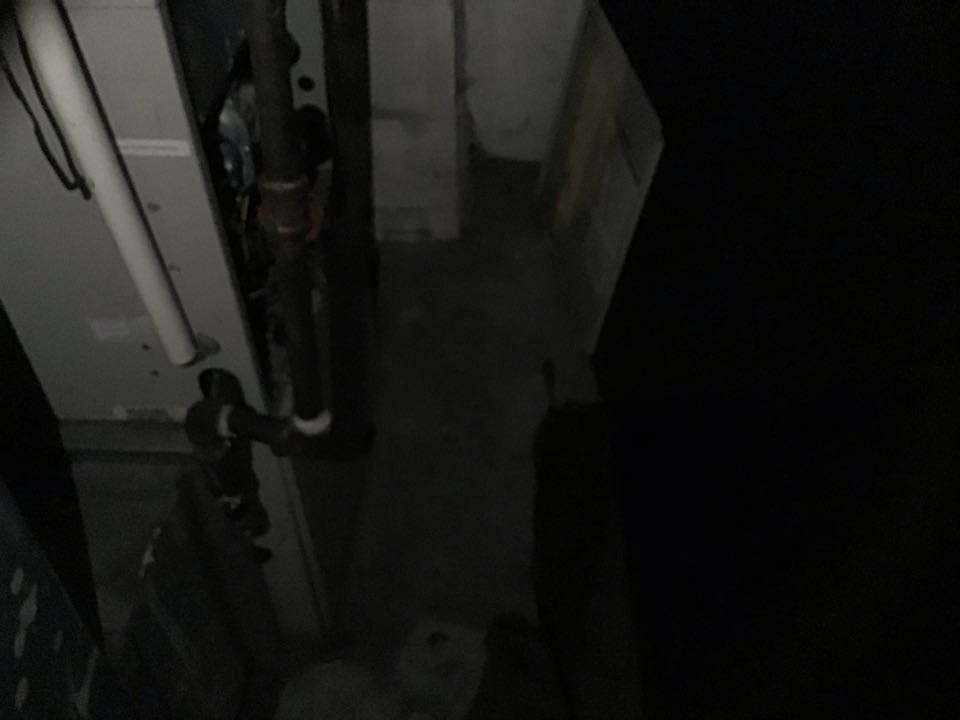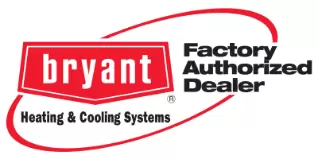
Winter is busy with school activities and the holidays. Other worries can make you can feel overloaded.
Then you hear about a family who died in their own home – a place where we are all supposed to be safe – of carbon monoxide (CO) poisoning and you hope your furnace is in good condition.
An average of 430 Americans die each year of accidental carbon monoxide (CO) poisoning, according to the Centers for Disease Control.
Many of those deaths occur in homes with malfunctioning heat chambers or improperly vented heaters.
Carbon monoxide (CO) is a colorless, odorless, tasteless toxic gas produced by incomplete combustion in fuel-burning devices such as motor vehicles, gas-powered furnaces, portable generators, and charcoal grills. Gas, oil, and wood burning heaters in your home also produce this deadly gas. Symptoms include dizziness, nausea, and headaches.
Don’t lie in bed before you and your family drift to sleep, hoping you’ll be safe. You can know that your home is safe by simply picking up the phone.
Make a call to an experienced HVAC contractor. Your professional will inspect your unit for wear, cracks, and proper function. He will also inspect the venting of your gas, oil, or wood heating unit.
Even if a heater has been properly installed, the vent could become clogged by leaves or nesting birds. Your professional can also check and replace your filters.
Your HVAC expert is also able to discuss age and efficiency of your unit. Older models are more prone to release carbon monoxide (CO).
Follow these rules and you and your family should remain healthy and safe from the dangers of carbon monoxide (CO):
- Commit to a regular furnace inspection with your local HVAC serviceman
- Check and change the filters on your unit twice a year.
- Make sure your unit is vented and ensure twice a year the vent is not clogged – more often during snow events.
- In instances of power outages, never rely on gas stoves, gas, or charcoal grills or unvented propane heaters to heat your home.
- For emergency heat, consider one of the newer kerosene heaters rated for indoor use in emergency situations.
- If you become stranded in your vehicle, check often that the tail pipe is clear.
- When working in an outdoor shop or garage, ensure that you use a properly vented heating unit.












